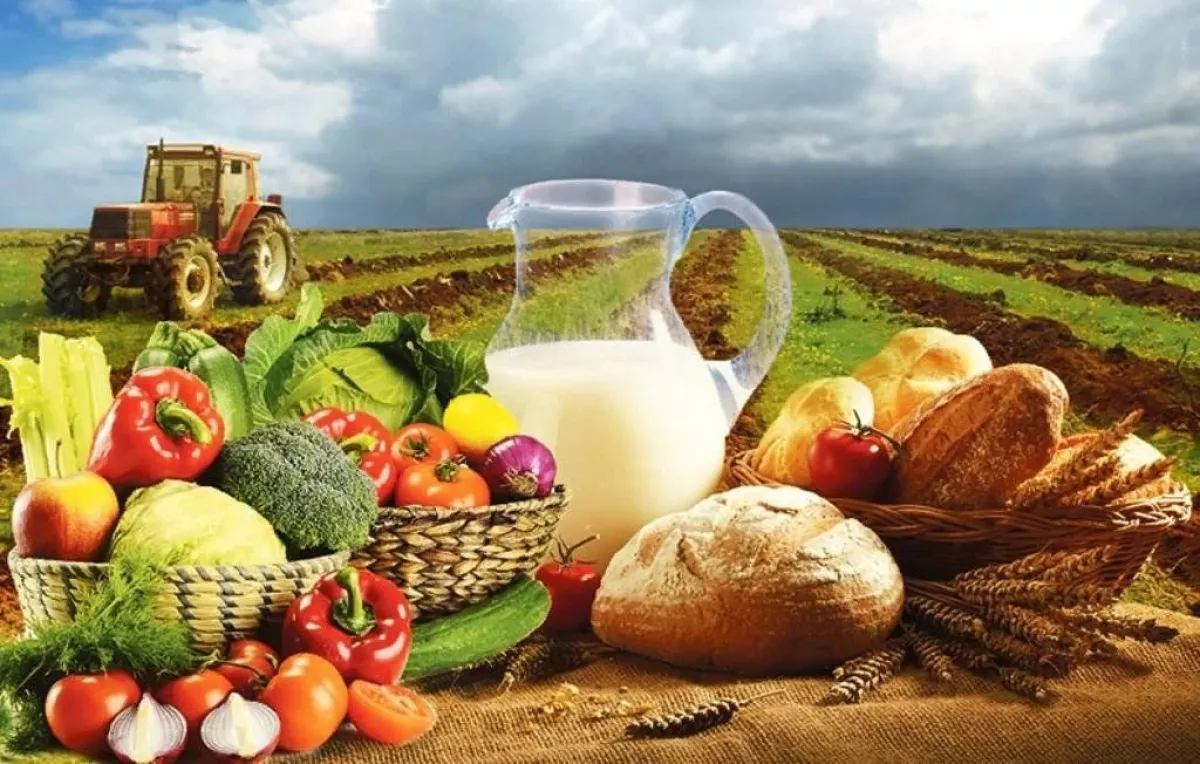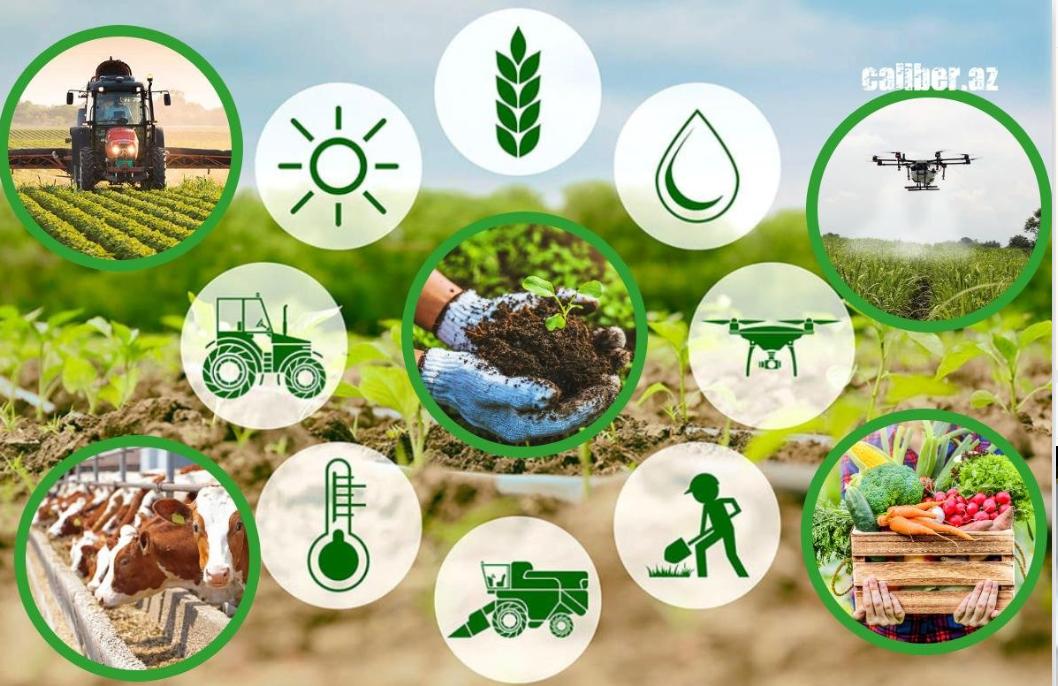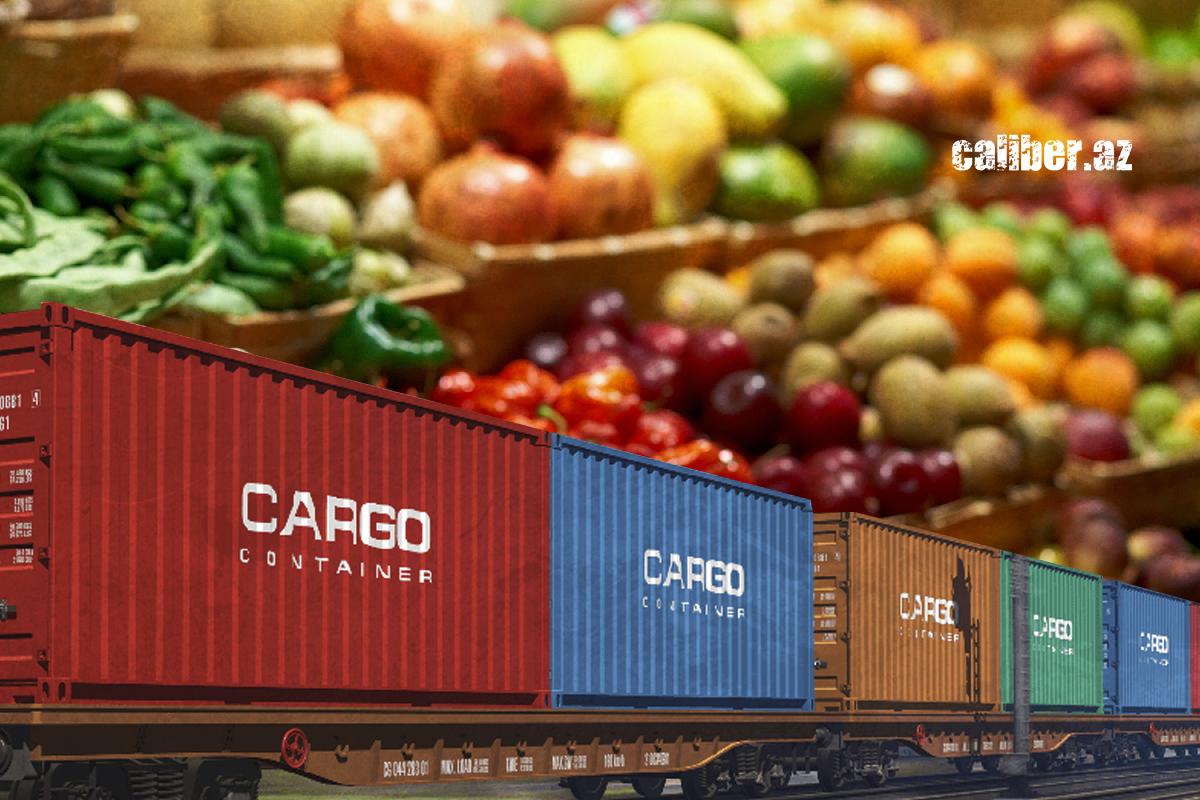Made in Azerbaijan: Agricultural exports hit new records Caliber.Az review
Recent agricultural reforms, export promotion initiatives, and the development of agro-parks, coupled with the introduction of the “Food Security” law to align domestic standards with international practices, have created favourable conditions for the rapid growth of Azerbaijan’s agricultural exports.
Today, Azerbaijani produce is reaching beyond traditional post-Soviet markets, with exports expanding to the Middle East, North Africa, China, and various European countries. According to the State Customs Committee (SCC), from January to July 2025, Azerbaijan exported 490,600 tonnes of fruits and vegetables, valued at $506.4 million—a more than 33% increase compared to the same period last year.
Over the past decade, Azerbaijan has made significant strides in boosting agricultural productivity. Around fifty agro-parks have been established, encompassing large-scale grain, greenhouse, and orchard enterprises. Many of these clusters integrate raw material processing and packaging of finished products alongside production.
Digitalisation projects are underway across the agricultural sector, industry-specific clustering is being implemented, the agricultural machinery leasing system has been reformed, and subsidy allocation has become more transparent. In recent years, water-efficient irrigation systems have been actively introduced, with plans to expand land equipped with modern irrigation solutions from 50,000 to 200,000 hectares in the near future.
Moreover, the 2024 state budget allocated 1.2 billion manats (approximately $706 million) for agricultural development, a 25.8% increase compared to the previous year.
Thus, despite a relatively modest annual growth rate, the volume of agricultural production in Azerbaijan continues to rise year by year, maintaining a positive trend. According to the State Statistics Committee, in 2024 the total value of agricultural output exceeded 12.995 billion manats (approximately $7.64 billion), and in January–July 2025, the value of produced agricultural products surpassed 8.204 billion manats (around $4.83 billion).
In certain sectors, growth rates significantly outpaced the overall trend. Over the seven-month period, potato production increased by 2.1%, fruits and berries by 5.1%, sugar beet by 70.9%, grapes by 2%, tobacco by 40.2%, and green tea by 7.9%.

The growth of commercial production and the rising competitiveness of Azerbaijan’s agro-industrial complex have contributed to higher exports of both fresh and processed products. However, expanding agricultural exports remains a complex task, heavily influenced by external market conditions and demand dynamics in partner countries—particularly in the post-Soviet region. For example, recent tensions in relations with Russia since the beginning of the year have had a noticeable, adverse impact on the performance of Azerbaijan’s agricultural exports.
In this context, particular attention should be given to the long-standing efforts of the Azerbaijan Export and Investment Promotion Foundation (AZPROMO) to diversify markets and promote agricultural products in alternative regions. In recent years, through AZPROMO and its trade representations, the country has organised presentations and seminars, facilitated the participation of domestic agricultural companies and Small and Medium-sized Enterprises (SMEs) in international exhibitions and forums, and provided consulting services on market research and international certification procedures. The country brand Made in Azerbaijan has also been actively promoted for these purposes.
AZPROMO has prioritised expanding sales of agro-industrial products to new markets, including countries in Eastern Europe, the European Union more broadly, and particularly the Persian Gulf states, the Middle East, North Africa, and China. Equally important is the strengthening of compliance with international standards in food production within Azerbaijan, which has positively influenced the country’s export potential.
Thanks to the efforts of the Food Security Agency of Azerbaijan in recent years, permits have been obtained for the export of sturgeon aquaculture caviar, various seafood products, wool, and leather to the European Union, as well as for simplified hazelnut exports. Additionally, the export of local horses to Kazakhstan has resumed, permits have been granted for the export of table eggs to Russia and the United States, and poultry meat and other poultry products can now be exported to China.

Overall, agricultural reforms, combined with efforts to diversify foreign trade geographically, have enabled Azerbaijan to maintain strong agricultural export performance this year. According to recently published statistics from the State Customs Committee (SCC), in January–July 2025, domestic farmers and large-scale enterprises exported 490,600 tonnes of fruits and vegetables, generating $506.4 million in revenue. Compared to the same period last year, export volumes increased by 33.1%, while revenues grew by 31.9%.
Furthermore, according to the August issue of the Export Review by the Centre for Analysis of Economic Reforms and Communications (CAERC), total foreign supplies of food products—including processed goods—rose by 23.9% over the seven-month period, reaching $689 million. Overall, combined exports of agricultural and agro-industrial products, including industrial crops, increased by 22.1% during this period, exceeding $730 million. By comparison, in 2024 Azerbaijan’s agricultural and food sectors achieved export growth of 11.3%, delivering products worth $1.03 billion to foreign markets.

Of course, the figures presented are far from the sector’s full potential. With the agricultural capacity of territories recently liberated from occupation, Azerbaijan is well positioned to significantly increase its exports in the coming years. Achieving this goal, however, requires addressing long-standing challenges in the domestic agro-industrial complex. Small-scale farms, in particular, struggle with low productivity due to limited access to financing, modern agronomic techniques, and advanced technologies, resulting in lower profitability. This, in turn, raises production costs and reduces the competitiveness of local products in foreign markets.
Currently, roughly four-fifths of agricultural exports originate from agro-parks, large farms, greenhouse enterprises, and food-processing facilities such as factories and wineries. Unfortunately, the contribution of small individual farms to foreign shipments remains limited. Without the development of cooperatives or other collective farming models, small farmers have few opportunities to expand their export potential.
Looking ahead, considerable efforts will be needed to boost agricultural production while reducing costs by transitioning from extensive farming methods to intensive agrotechnologies, including water-efficient irrigation systems. Equally important is increasing the share of packaged and processed agricultural products to achieve substantial growth in value added during production.
In this regard, Azerbaijan still lags behind key trading partners such as Russia, Ukraine, Belarus, Türkiye, and Iran, where raw agricultural products account for less than half of total exports, with the remainder consisting of processed industrial crops, semi-finished goods, and packaged food products. In contrast, roughly three-quarters of Azerbaijan’s agricultural exports today are fresh products, including vegetables, fruits, and melons.








